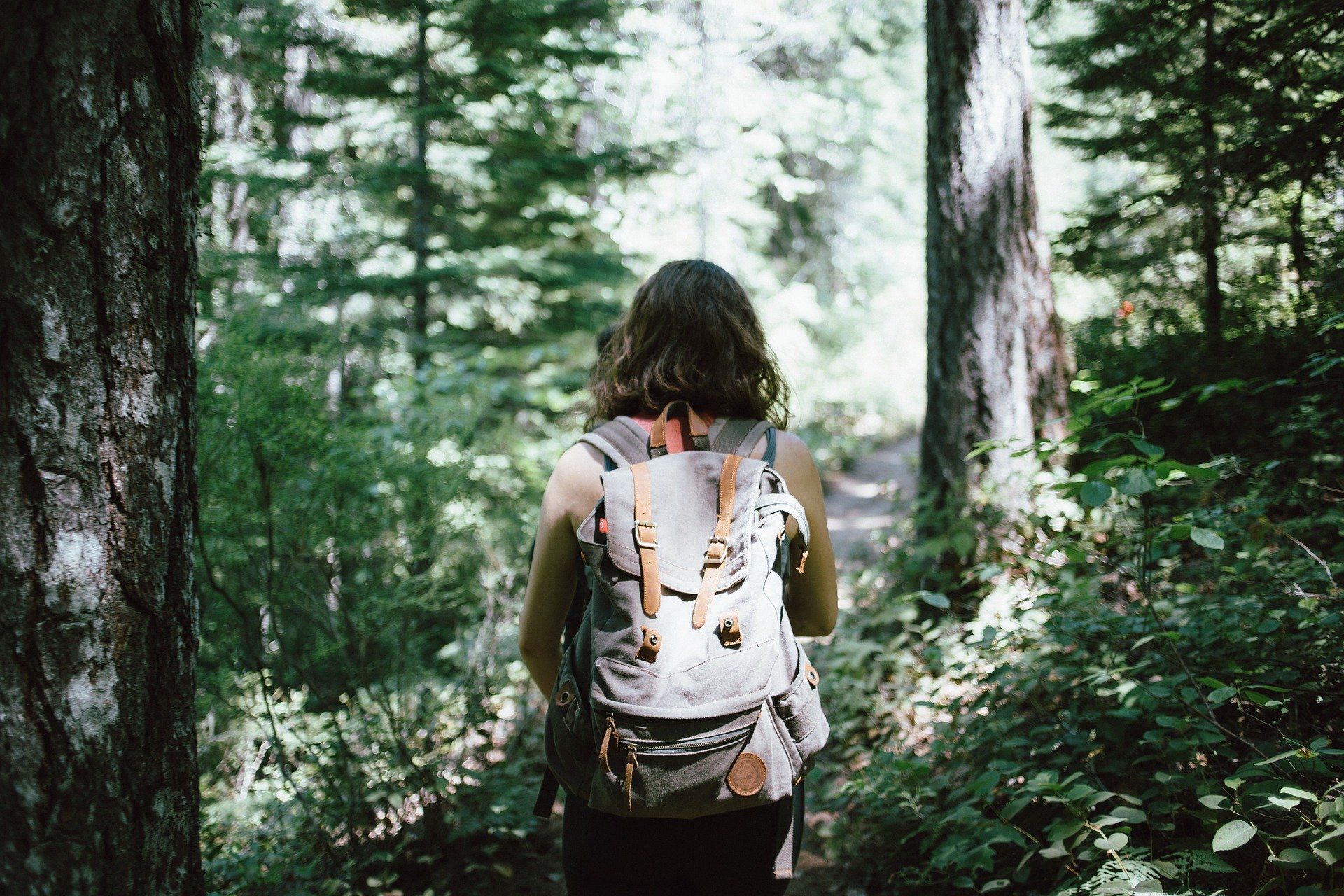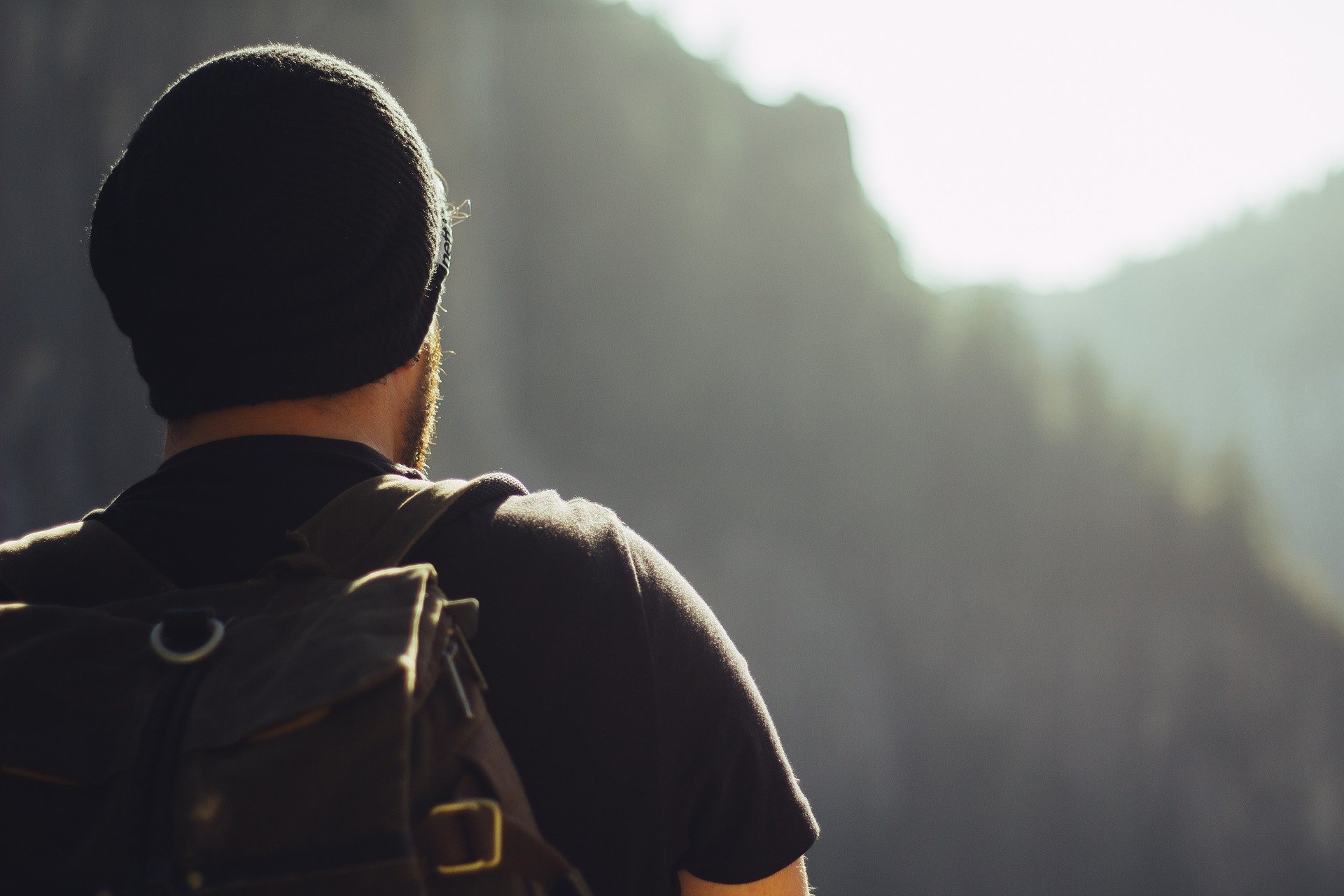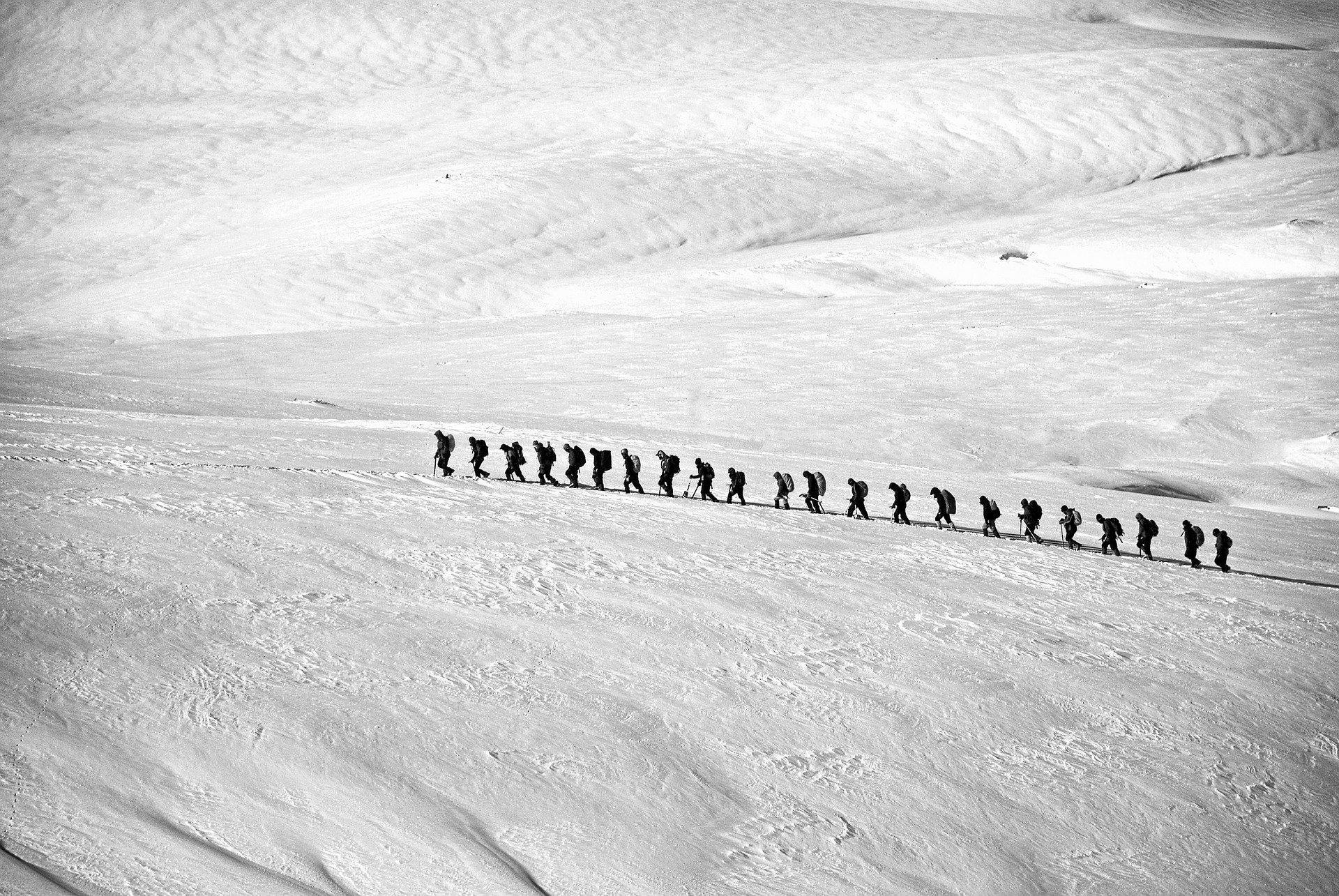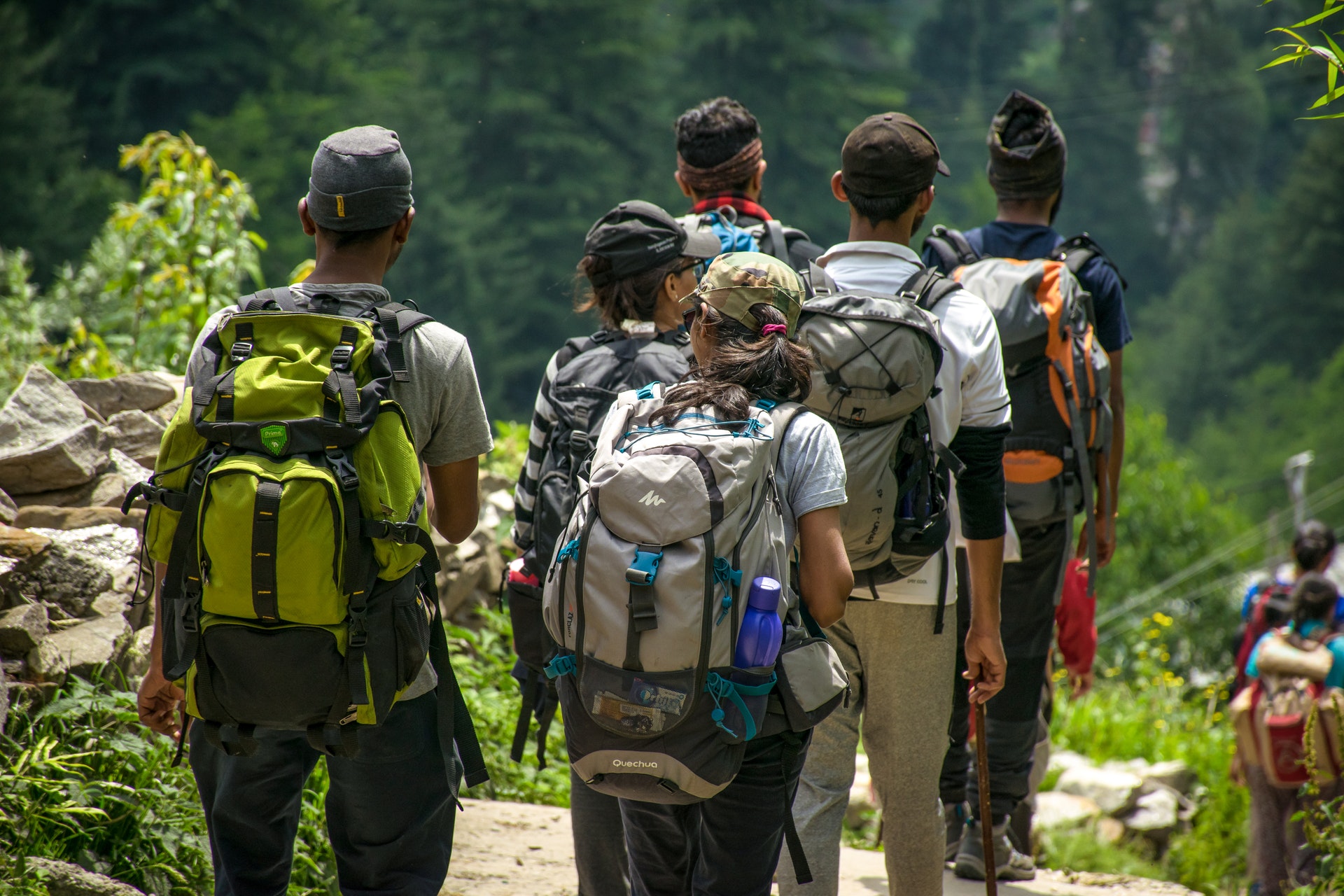Trekking vacations have become increasingly popular over the last few years, and it’s not hard to see why. At a time where life progresses at a hectic pace, this is the ideal way to break away from those stresses while exploring the world. After the initial organization, daily costs during the trip are very low too.
Nonetheless, the prospect of organizing your first trekking and camping tour is quite a daunting one. Careful planning is crucial if you want to make the most of the upcoming adventure. Here are 10 simple questions that will guide you to winning solutions.

Source Pixabay CC0 License
1| How Fit Am I?
Trekking and walking holidays will test your fitness. While the benefits of a vacation that will keep you in shape are plentiful, you must not overlook the need to test your fitness. Even if you’re not a gym user, you may want to book a day pass and see how you handle incline walks. Alternatively, you could go for a local walk for a few days on the spin. You’ll soon know if it’s not for you.
Fitter explorers that have a lot of time may complete a thru-trekking adventure. This means that they complete the trail from start to finish. However, the vast majority of explorers are likely to do a section of the course rather than the full thing. This is especially true for first-time trekkers. You may want to test the waters with a shorter journey before taking on their long-term ambition.
2| Where Shall I Trek?
Knowing that you want to complete a trek is one thing, but finding the best place to do it is another. Some people have a lifelong dream of climbing a mountain. Others want to test themselves while also seeing the beautiful skylines in some of America’s most picturesque states. Still, others prefer to go down the chassahowitzka river kayaking. There is no single right or wrong answer, but it’s imperative that you conduct the necessary research to get it right.
It’s probably best to choose a well-known route that has been completed (partially or in full) by many people before you. The Appalachian Trail is one of America’s best-loved routes as it is challenging but possible. It also offers some truly spectacular views along the way. Moreover, the fact you can get to your chosen start point without days of travel can be a highly attractive feature.
3| When Shall I Travel?
After deciding on a location, it’s pivotal that you pick a time for your trek. Whether it’s a weekend camping trip punctuated by walking or a three-month challenge doesn’t matter. The climate changes throughout the seasons should encourage you to find a suitable time. Otherwise, the heat could be too much for your fitness, or the rain could end your enjoyment.
Crucially, travel at the wrong time can put your safety at risk. This could result disrupting your progress and forcing you to stay in a hotel. Worse still, it could lead to an accident or injury, which is the last thing you want from a vacation. Besides, once you have the dates set in stone, you can begin to plan the adventure with far greater clarity. Until then, it’s just an idea.

Source Pixabay CC0 License
4| Are My Shoes Right?
The first rule of trekking is that you do not underestimate the importance of your footwear. The second rule of trekking is that you do not underestimate the importance of your footwear. You will cover several miles each day and could face a range of testing terrains. If your feet aren’t comfortable, the blisters and other pains will seriously impact your enjoyment. And slow you down.
There are several factors to consider. In addition the right size, you need to find a walking shoe that is the right width and can adapt to swelling feet. It’s equally crucial to find footwear that will support your natural gait. As an inexperienced trekker, it’s probably best to see an outdoor footwear specialist. Find the right solution now, and it will serve you well throughout all future treks.
5| What Should I Pack?
Anybody taking on a trekking challenge should appreciate the value of traveling light. Nonetheless, it is necessary to pack a number of key items to promote safety and comfort. Finding a water filter travel bottle will allow you to stay hydrated at all times while high-calorie snacks are needed too. If you do not have the energy to move or recuperate, every step can become a serious struggle.
Other essential items include multiple pairs of socks, a first aid kit, a solar-powered portable charger, and a torch. Most people find that sleeping in a hammock is better than the floor. However, you need to think about overhead coverage, so a compact tent may still work. You need to feel safe and comfortable at all times. Equipping yourself with the right tools will make it happen.
6| Who Should I Travel With?
Choosing the right travel party is important for every holiday type. Still, the fact that you cannot escape their company for an extended period during the trip means you should pay extra close attention. Trekking with a needy person, or someone that will moan from start to finish will test your patience. In truth, it’s not uncommon for friendships to end as a result.
Conversely, though, trekking with the right person can bring you even closer together. After all, the experiences you’ll have shared will last in your memories for life. For many people, though, solo travel is an even better option for shorter treks. One-day or one-night treks are a great time to break away from the stress of the modern world before returning to normality feeling refreshed.
7| Should I Use A Tour Agent?
When planning your trekking adventure, there are many options at your disposal. Whether doing it alone or with friends and relatives, you may wish to consider the prospect of using an agent. If you are trekking overseas, it may be worth hiring a guide. Otherwise, you could become ill or lost while on tour. It is especially vital when visiting different continents or choosing notoriously tough routes.

Source Pixabay CC0 License
Booking through a tour agent is probably the best way to ensure that you complete the trek in the intended timeframe. Furthermore, they can provide advice about Hepatitis B jabs and any other vaccinations that may be required. For the sake of your safety as well as your comfort and happiness, this is an issue that must not be ignored.
8| What Will I Do At The End?
When taking on a trek, your final stopping point will be a long way from your starting point. If you trek for a couple of days, you can probably get a cab back to the start. If you travel for several weeks, you’ll need to put plans in place for your return. Most people will spend at least one night in this location, as it’s a chance to relax and recharge the batteries before heading home.
If you need to travel a long way home, perhaps from another country, do it in style. Your body will ache, and a long haul flight in discomfort will be a disaster. Knowing how to make the long journey feel less stressful can make a big difference. Conversely, failure to do this can prolong your recovery time upon your return home. So, it really is worth thinking things through.
9| Will I Document It?
The memories of your trekking adventure will last a lifetime in your memory. But you might want to bring those memories to life by documenting the travels. This could be for personal reasons and to share stories with your loved ones back home. Or you might use this to start a travel journal, blog, or vlog. If nothing else, creating this content can provide a serious life during tougher days.
If you do wish to document your progress, it’s best to have a traditional notebook and pad. If staying in America, the use of a portable internet connection lets you stream and upload content. In this case, a digital SLR and a laptop are your greatest friends. When you can get a signal, producing the work is a good way to relax the body and occupy the mind when you’re not moving.
10| What Are My Objectives?
The attractions of trekking are fairly standardized for all travelers. But it should be noted that there are a variety of purposes behind this type of adventure. Some people want to test their fitness. Others want to find themselves. Others want to connect with human history by completing treks like the Inca Trail in Peru. If you want this trip to help you grow as a person, consider ‘how’.
Your objectives may be modest and centered around personal rewards. Or you may wish to raise money for a charity or worthy cause. Whatever the incentives for taking this type of trip might be, it’s vital that you stay focused on those goals. This will keep you on the right path throughout your planning processes, enabling you to build the trek of your dreams. it’s the least you deserve.



